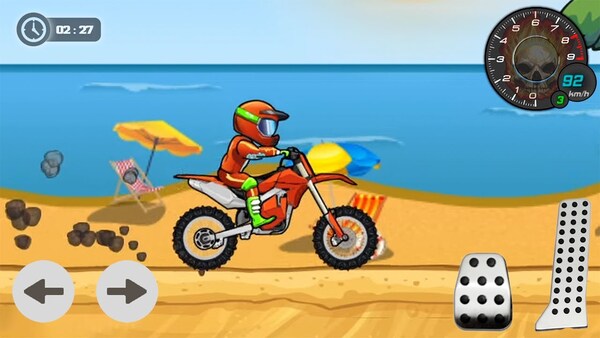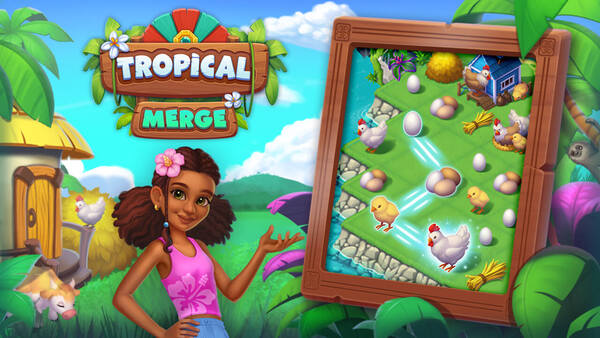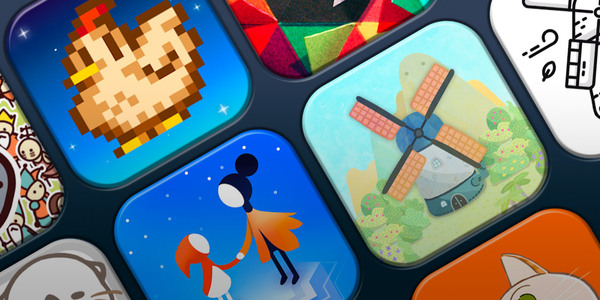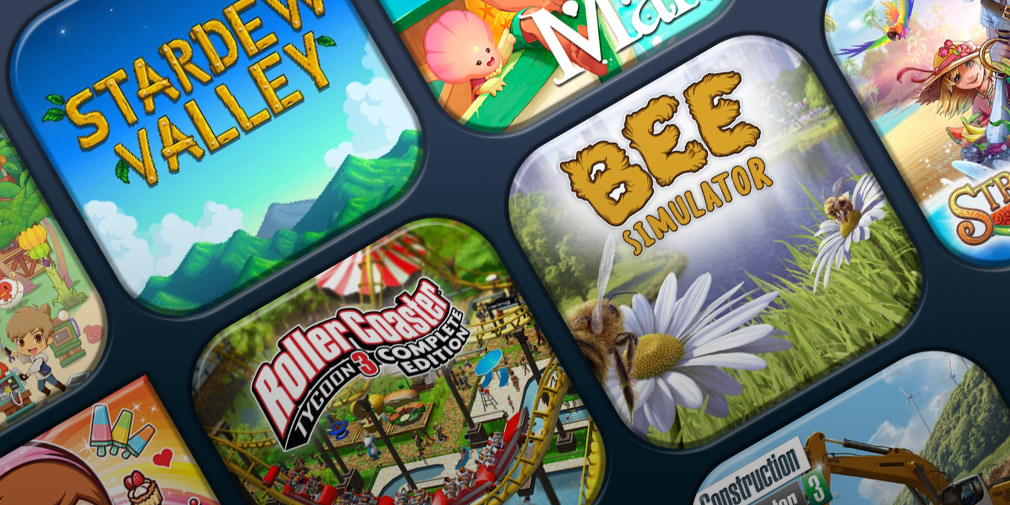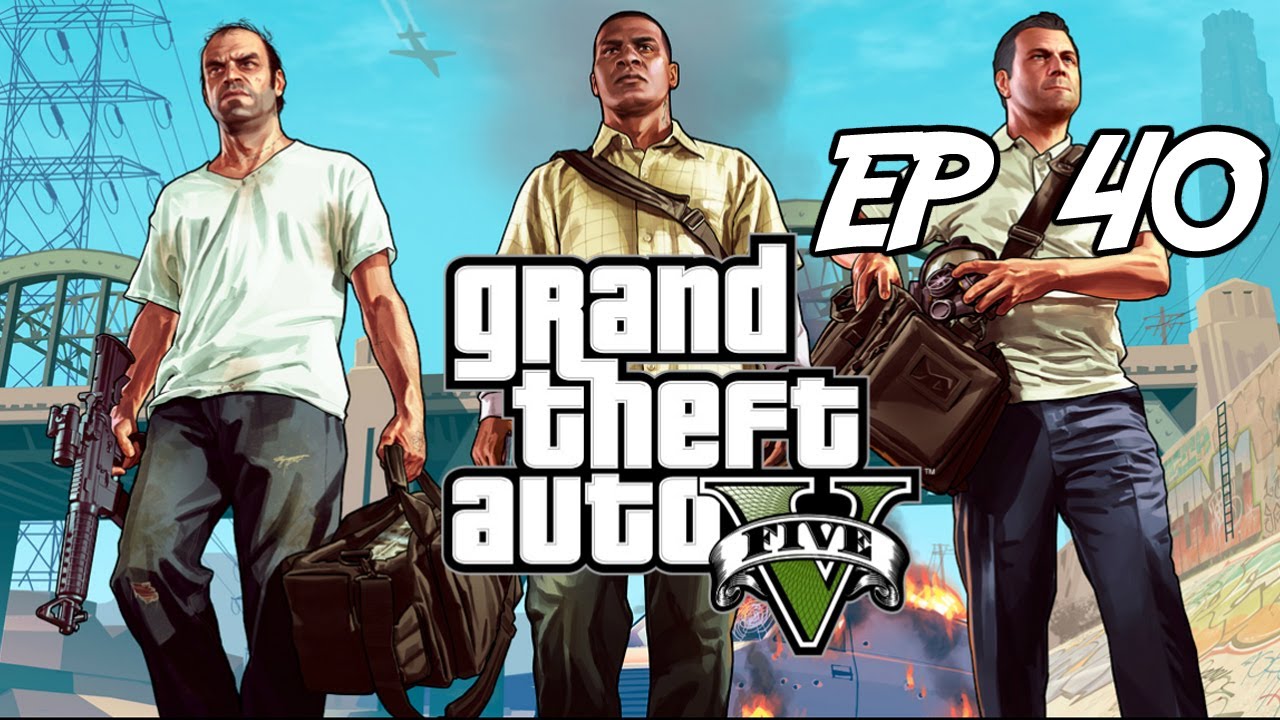Among Us: The Social Deduction Game That Took the World by Storm
In the vast universe of online multiplayer games, few titles have had as surprising and meteoric a rise as
Among Us. Developed by the indie studio InnerSloth, Among Us was initially released in 2018 with little fanfare. However, in mid-2020, during the height of global lockdowns, the game exploded in popularity thanks to streamers, content creators, and its accessible, chaotic fun.
Combining simple mechanics, engaging social gameplay, and a lighthearted aesthetic, Among Us became a cultural phenomenon. From classroom discussions to late-night gaming sessions and even corporate team-building exercises, the game found fans of all ages. In this article, we’ll delve into what makes Among Us so appealing, how it works, its impact on gaming culture, and its ongoing evolution.
The Core Concept: Trust, Betrayal, and Deception
At its heart, Among Us is a social deduction game. Players take on one of two roles aboard a spaceship (or base):
Crewmates or
Impostors.
Objectives:
- Crewmates must complete tasks and identify the Impostors.
- Impostors must sabotage the mission and eliminate Crewmates without getting caught.
A typical game involves 4 to 15 players and ends when all tasks are completed, all impostors are eliminated, or the impostors kill enough crewmates to take over.
How to Play: Gameplay Mechanics
Among Us is simple in structure but layered in strategy. Games can take place on one of several maps, including The Skeld, MIRA HQ, Polus, and The Airship.
Crewmates’ Responsibilities:
- Complete assigned tasks scattered throughout the map.
- Report dead bodies.
- Call emergency meetings when suspicious activity is noticed.
- Vote to eject players suspected of being Impostors.
Impostors’ Tools:
- Sabotage the ship (e.g., disable lights, lock doors, start reactor meltdown).
- Kill crewmates discreetly.
- Use vents to quickly travel between rooms.
- Lie and deflect suspicion during discussions.
Emergency Meetings and Voting
The heart of the game lies in discussion phases. Players debate suspicious behavior, alibis, and evidence, then vote to eject someone they believe is an Impostor. The tension and bluffing create dramatic and often hilarious moments.
Maps and Environments
Each map offers different layouts, tasks, and strategies:
The Skeld
- The original and most balanced map.
- Circular design with a central cafeteria and security cameras.
MIRA HQ
- Smaller and more compact.
- Vent connections favor Impostors.
Polus
- Large and snowy with open spaces.
- Unique tasks and multiple buildings.
The Airship
- The largest map.
- New task types and complex room navigation.
Each map demands different strategies, both for Crewmates and Impostors.
Customization and Roles
Players can personalize their characters with:
- Hats, skins, and pets
- Color selection
- Name customization
Over time, InnerSloth introduced
custom roles and
modded variations, including:
- Engineer: Can use vents like an Impostor.
- Guardian Angel: Protects crewmates after death.
- Scientist: Can check vitals.
- Shapeshifter: Impostor variant that mimics others.
These additions added more depth to the traditional formula and refreshed gameplay dynamics.
The Rise of Among Us
Although released in 2018, Among Us gained little attention until mid-2020, when Twitch streamers and YouTubers started showcasing the game. Its low price, cross-platform support (PC, mobile), and simple system requirements made it widely accessible.
Contributing Factors to Success:
- Pandemic lockdowns increased demand for social games.
- Streamers and content creators (e.g., PewDiePie, Valkyrae, Corpse Husband, Disguised Toast) gave the game massive exposure.
- Easy-to-learn mechanics allowed casual players to join in.
Cultural Impact
Among Us rapidly entered mainstream culture:
- Memes and catchphrases like “Sus” and “Emergency Meeting” became viral.
- Crossover content in games like Fortnite and Fall Guys.
- Merchandise ranging from plushies to board games.
- Political figures, such as U.S. Congresswoman Alexandria Ocasio-Cortez, used it as a platform for outreach.
The game bridged generations and demographics, creating shared experiences both online and offline.
Development and Updates
InnerSloth originally planned a sequel but instead decided to improve the existing game. They rolled out several updates, including:
- Account systems for moderation and reporting.
- Expanded lobbies with up to 15 players.
- Visual and UI improvements.
- New roles and gameplay features.
They also launched
Among Us VR, a reimagined version of the game in virtual reality, adding a more immersive (and terrifying) twist to the classic gameplay.
Community and Mods
The Among Us community is active and creative:
- Fan art, animations, and parody songs
- Custom servers and mods (e.g., proximity chat, extra roles)
- Twitch Rivals and community-hosted tournaments
Modded versions of the game introduced roles like Jester, Sheriff, or Lovers, transforming the game into an even more dynamic social deduction playground.
Educational and Social Uses
Educators and psychologists began exploring Among Us for:
- Teaching logic and critical thinking
- Encouraging communication and teamwork
- Observing behavior and social dynamics
Some schools used the game as a fun way to build classroom community in remote settings.
What Lies Ahead for Among Us?
As of 2025, InnerSloth continues to support the game with:
- Regular updates and balance patches
- New roles, maps, and cosmetics
- Collaborations and seasonal events
Among Us remains a favorite for casual gamers, streamers, and modders. Whether in classrooms, family game nights, or global tournaments, it offers an endlessly replayable experience driven by creativity and human behavior.
Conclusion: A Game of Trust and Trickery
Among Us exemplifies the magic of social interaction in gaming. By blending simple mechanics with complex psychology, it creates endless scenarios of drama, betrayal, laughter, and strategy. Its surprising ascent into pop culture and its lasting popularity prove that even the smallest indie titles can have the biggest impact.
Whether you're completing tasks, accusing your best friend of being “sus,” or pulling off the perfect impostor win, Among Us delivers an experience that is always fresh and entertaining. It’s not just a game—it’s a social experiment in disguise.





















